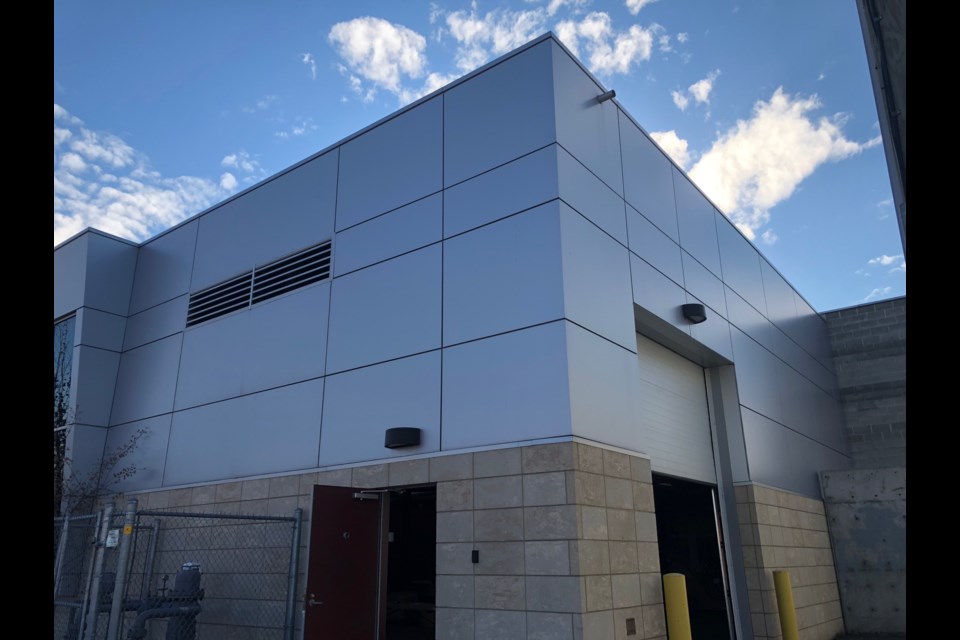A big portion of downtown Prince George is heated with renewable energy.
As Oct. 24 is Bioenergy Day in North America, the city held an open house to show off its downtown renewable energy system.
“We have decided to open up our district energy plant to the public so they can get an idea of where we are and what this plant does,” says Steven Mercedes, City of Prince George utility plant supervisor.
“We should all be proud that we have a system of such in our city and hopefully more people get involved and start looking up what bioenergy is all about.”
The public was invited to explore the renewable energy system at the Peaking Backup Energy Plant at Second Avenue and George Street.
The city’s downtown renewable energy system currently provides heat to 11 downtown buildings. It has been designed to accommodate expansion and will also heat the new condo parkade currently under construction.
The plant works by using sawmill residue from Lakeland Mills to heat water, which is distributed throughout the downtown core via nearly three kilometres of piping.
The Peaking Backup Energy Plant serves as the distribution hub and supplements the system with heat from natural gas, if needed.
Each building connected to the system has a heat exchanger which transfers heat from the system to the individual building.
Once heat is recovered, the water returns to the sawmill to be reheated. In all, the system operates at nearly 93 per cent efficiency and equipment at Lakeland keeps particulate emissions very low.
The system has been in operation since 2012.
The first connections were city hall, the civic centre, the coliseum (now the Rolling Mix Concrete Arena), the Four Seasons Pool, the Bob Harkins Branch of the Prince George Public Library, Two Rivers Gallery, and, of course, the backup energy plant itself.
The annual greenhouse gas emissions reductions are estimated at close to 2,200 tonnes compared to heating with natural gas.
Bioengergy currently provides about 10 per cent of all the energy used by city buildings and operations yet produces almost zero greenhouse gas emissions.



